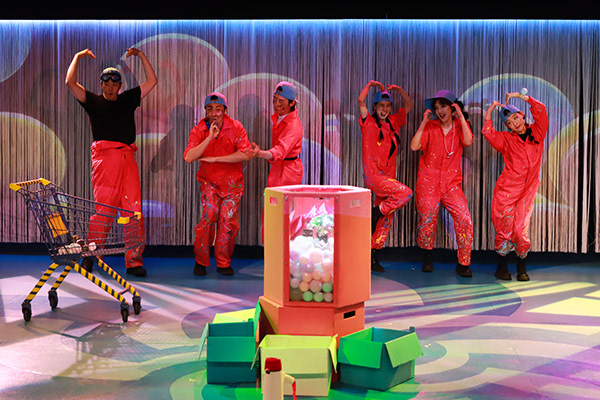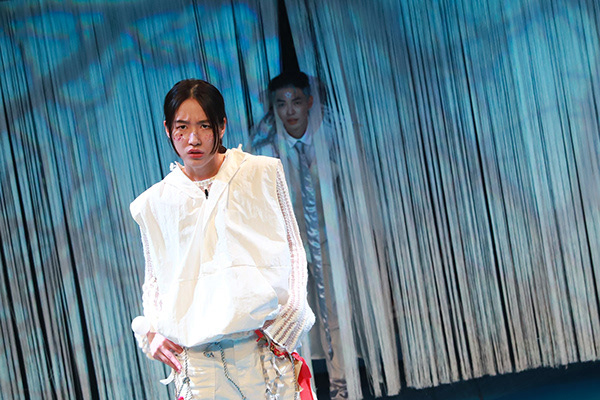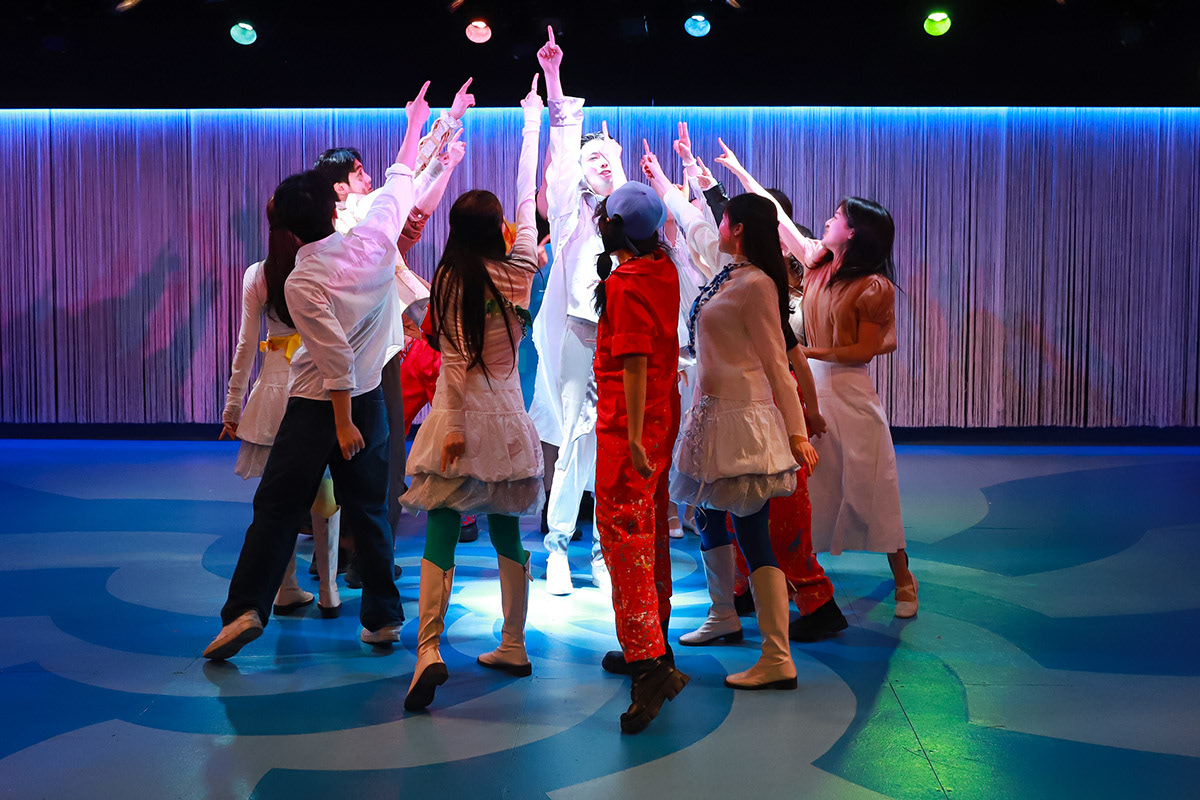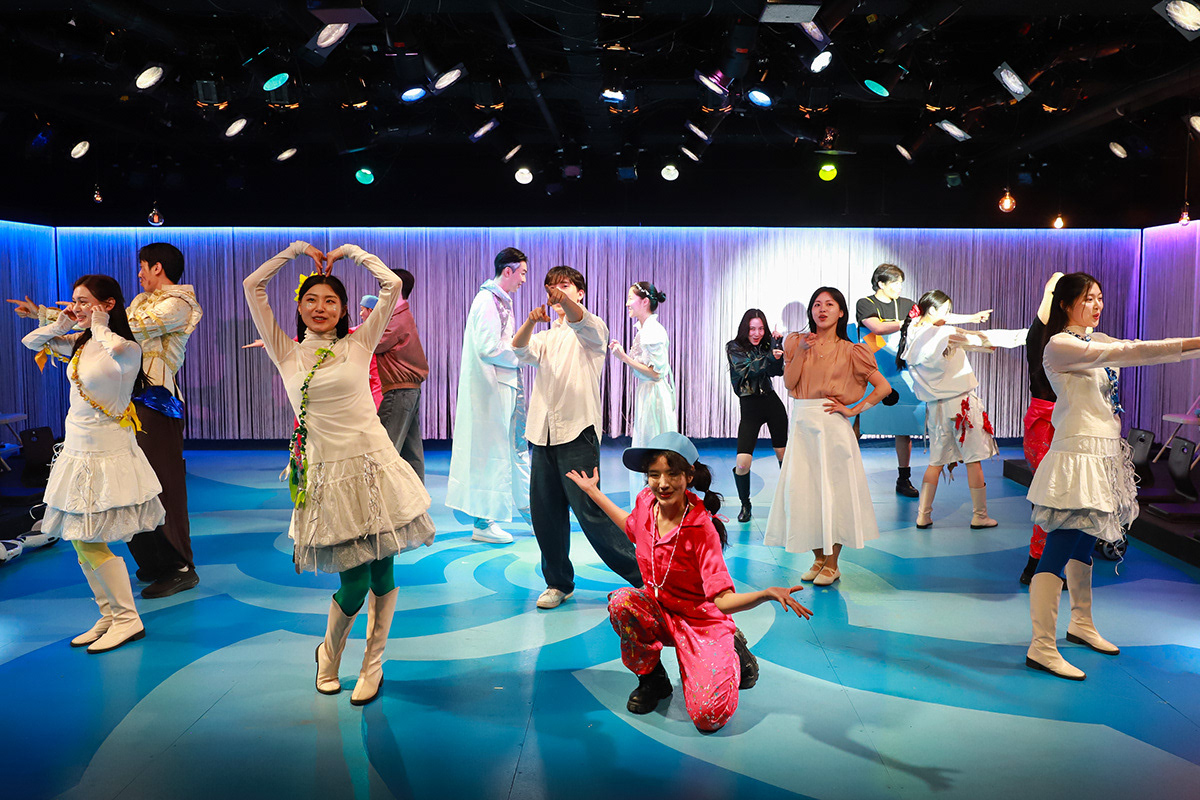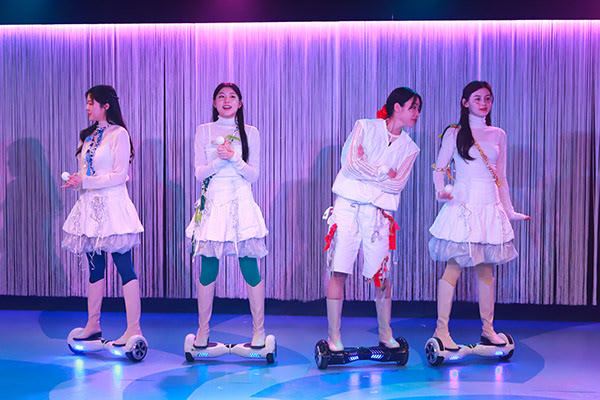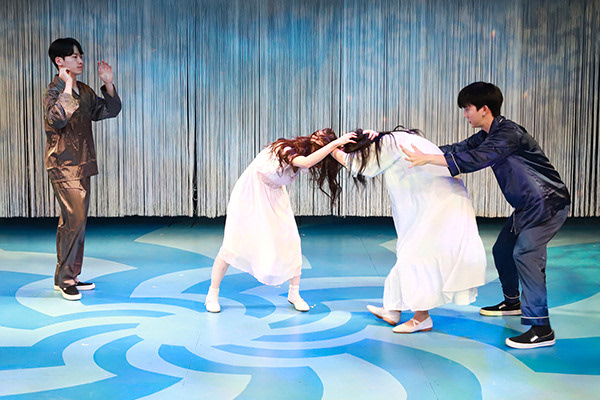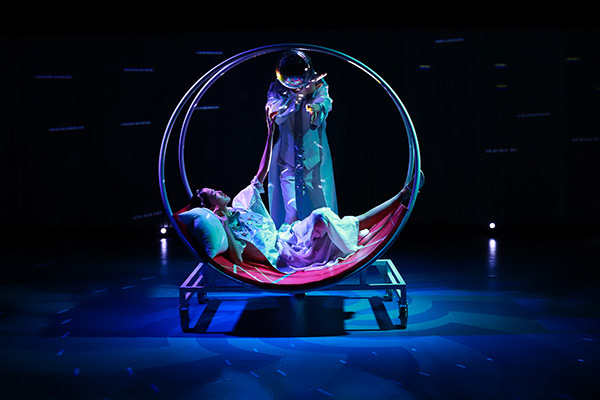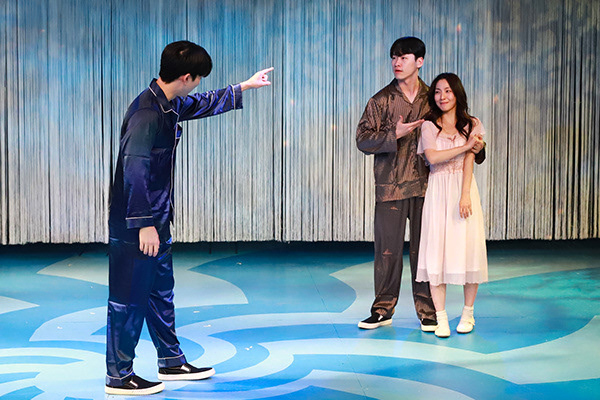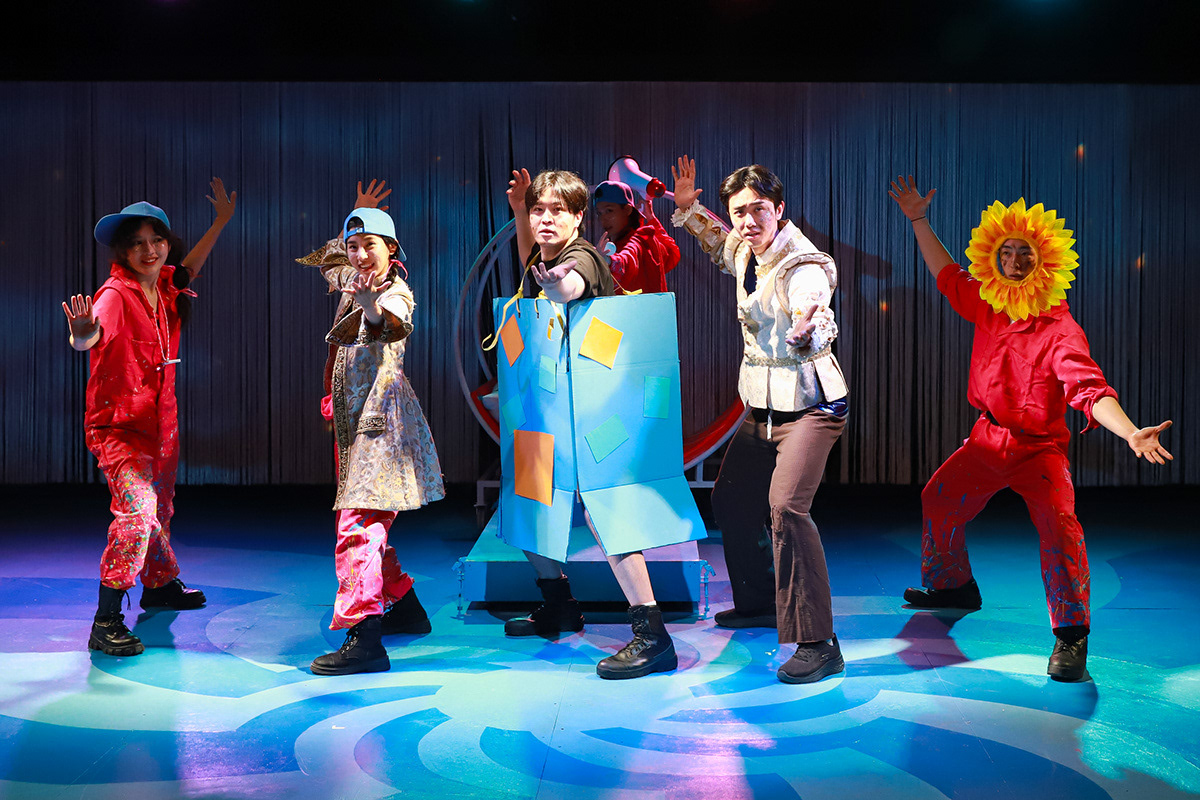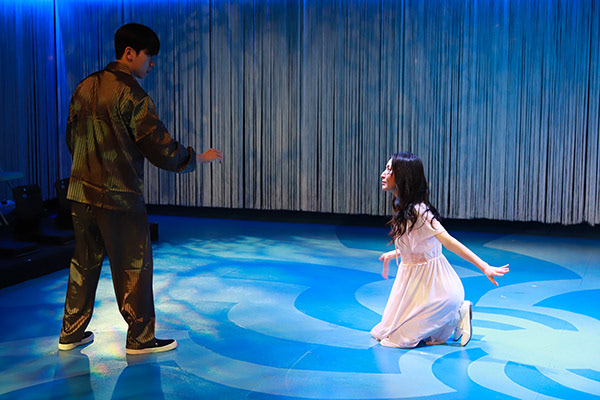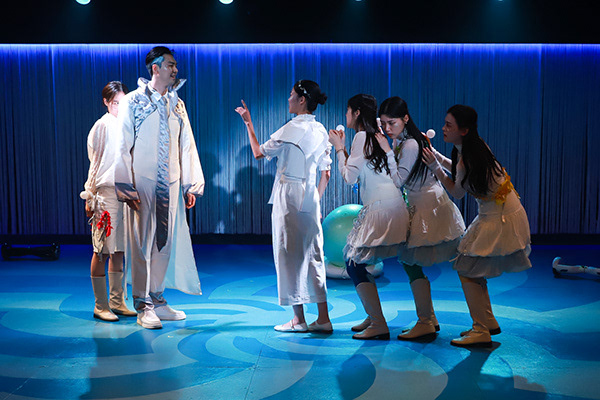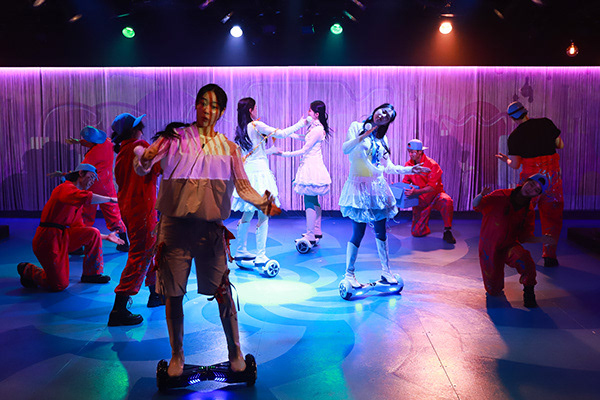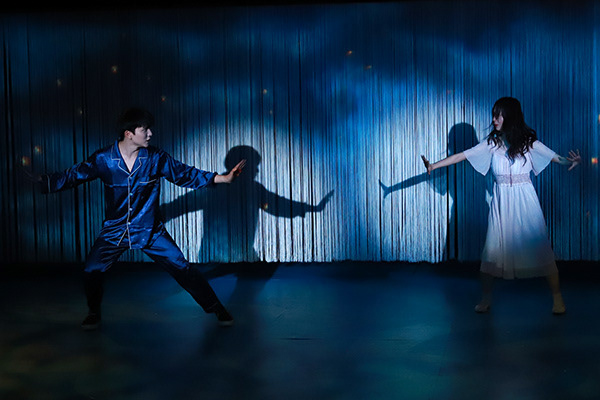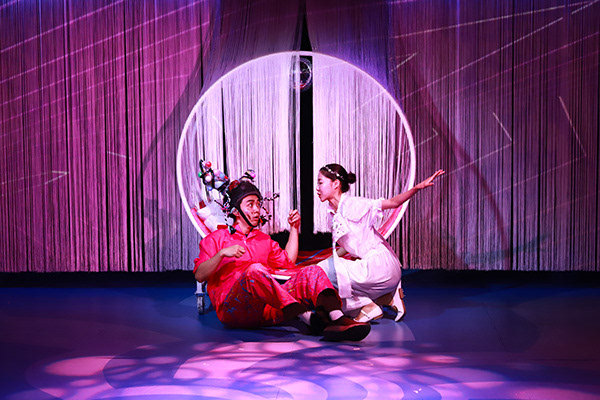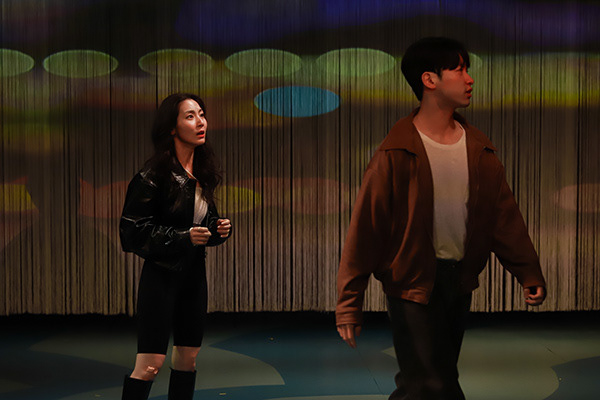Format / Medium
Modern Theatrical Adaptation; Conceptual World-Building
Modern Theatrical Adaptation; Conceptual World-Building
Presentation & Context
2024 Chung-Ang University Theatre, Space 1959 (Seoul, Korea).
Achieved a fully sold-out run.
Attracted over 1,000 cumulative audience members.
2024 Chung-Ang University Theatre, Space 1959 (Seoul, Korea).
Achieved a fully sold-out run.
Attracted over 1,000 cumulative audience members.
Awards & Accolades
Winner, Best Director Award (2024 Chung-Ang University Theatre & Film Awards)
Achieved 90%+ Audience Satisfaction (A record-high for a student-led production at the institution)
Winner, Best Director Award (2024 Chung-Ang University Theatre & Film Awards)
Achieved 90%+ Audience Satisfaction (A record-high for a student-led production at the institution)
Key Roles
Director, Music Director, Lead Adaptation
Director, Music Director, Lead Adaptation
Synopsis
In the realm of dreams, where one visits when asleep, fairies inhabit and work by collecting customers' memories and emotions to design and deliver custom-made dreams. The co-CEOs, Oberon and Titania, constantly quarrel over staff assignments. Oberon, seeking revenge, plans to monopolize Titania's fairies with the help of his secretary, Puck. Meanwhile, laborers who survive by constructing dreams as per the fairies' designs, continue their usual work. The foreman, Quince, announces that there is a vacant high-ranking position, and even laborers can attain it by submitting their own dream designs. This news motivates the laborers to collaboratively design a dream.
Simultaneously, in the real world, four young people are each troubled by personal dilemmas. Helena pines for Demetrius, but his heart is set on Helena's best friend, Hermia. However, Hermia is in a relationship with Lysander; though they have differing views on marriage, they are happily dating. As these four youths fall asleep, they enter the same dream, wandering through a forest crafted by the fairies. Amidst their wandering, they become entangled in magical chaos caused by Puck, who is carrying out Oberon's orders.
Director's Note
Interwoven love, reversed rules, mischievous pranks, entangled people
Welcome to the world of dreams
In an era defined by scientific rationality, the classic premise of A Midsummer Night's Dream—fairies in a forest manipulating human emotions with magic potions—rings hollow. Modern audiences no longer fear the supernatural; they fear (and revere) the 'System.' My adaptation begins with this ontological shift: What if the 'Forest' was actually a 'Server Room'?
1. The Dream Corporation: Emotions as Data
I re-imagined the fairy realm not as a mystical kingdom, but as a "Dream Corporation"—a tech giant that manages the subconscious. Here, Oberon and Titania are not King and Queen, but Co-CEOs engaged in a power struggle over human resources. Puck is not a jester, but a Lead Developer. In this world, dreams are not random visions but engineered products. The fairies act as designers and programmers who collect 'customer data' (human memories and emotions), create storyboards, debug scenarios, and deploy customized dreams. This reframes the play from a fantasy into a workplace comedy about content creation.
2. Magic as Generative AI: The Technologization of the Surreal
The most critical insight of this production is the parallel between 'Magic' and 'Artificial Intelligence.' In folklore, a spell manifests an object instantly out of thin air. Today, Generative AI does exactly the same: a text prompt yields an immediate visual output. I realized that the surreal, non-realistic elements of classics are now best realized through technology. Therefore, in this production, the fairies' "magic" was visualized using AI-generated imagery, creating a layer of technological comedy. The absurdity of a spell going wrong is perfectly mirrored by the absurdity of an AI hallucination or a system glitch.
3. The Gamification of Romance: The 'Dating Show' Gaze
Finally, the fairies' interference in the four lovers' fate mirrors contemporary society's obsession with dating reality shows. Just as modern audiences enjoy watching, analyzing, and judging the relationships of others through a screen, the fairies treat the human lovers as content to be edited and manipulated.
Through this restructuring, A Midsummer Night's Dream transforms from an archaic fairy tale into a sharp, modern satire on how our emotions are processed, engaged with, and engineered in a techno-centric world.
Personal Contribution & Conceptual Framework
As Lead Adapter and Director, my primary contribution was the conceptual re-imagination of the play's supernatural magic into a modern, rule-based 'system'—a 'Dream Corporation'.
This act of speculative world-building required designing the corporation's internal "mechanics":
The Fairies: Re-cast as a corporate hierarchy (Co-CEOs Oberon/Titania, Secretary Puck, Designers, Laborers).
The Process: A data-driven workflow where 'customer data' (the lovers' memories and emotions) is collected to 'design' and 'deliver' a bespoke product (the custom-made dream).The Output: The "magical chaos" of the original play is re-framed as a 'glitch' or 'bug' in the system, (Puck's error) rather than a purely supernatural event.
As Music Director, I composed and curated the soundscape to sonically differentiate the 'real world' from the 'corporate dream world,' designing the full auditory experience.
This project was a comprehensive exercise in translating a complex conceptual system into a fully realized, embodied, and sensory-spatial experience for an audience, demonstrating a foundational practice in experience design and systems-based narrative.
Poster
Program book
Stills
